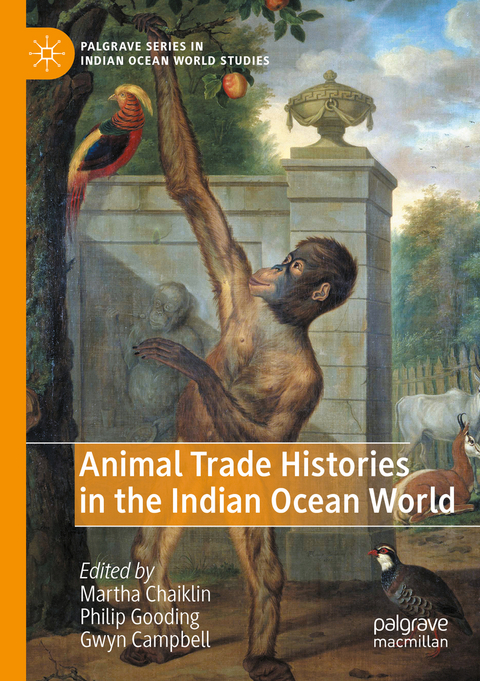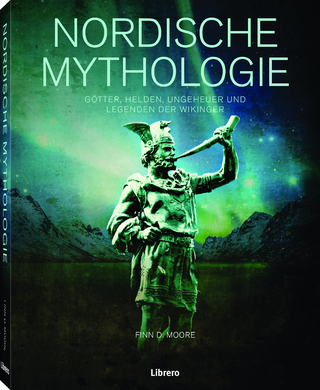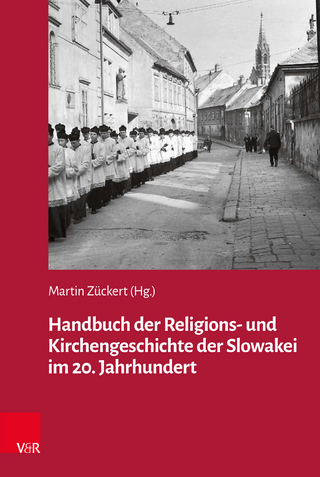
Animal Trade Histories in the Indian Ocean World
Springer International Publishing (Verlag)
978-3-030-42597-5 (ISBN)
This book examines trades in animals and animal products in the history of the Indian Ocean World (IOW). An international array of established and emerging scholars investigate how the roles of equines, ungulates, sub-ungulates, mollusks, and avians expand our understandings of commerce, human societies, and world systems. Focusing primarily on the period 1500-1900, they explore how animals and their products shaped the relationships between populations in the IOW and Europeans arriving by maritime routes. By elucidating this fundamental yet under-explored aspect of encounters and exchanges in the IOW, these interdisciplinary essays further our understanding of the region, the environment, and the material, political and economic history of the world.
lt;p>Martha Chaiklin received her PhD from Leiden University, The Netherlands. She first became interested in animals when researching her book, Cultural Commerce and Dutch Commercial Culture (2003), and has since combined her interest in material culture and animals in publications on elephants, live animal gifts, tortoiseshell and ivory.
Philip Gooding is a postdoctoral fellow at the Indian Ocean World Centre, and a course lecturer in the Department of History and Classical Studies at McGill University, Canada. He has published articles in Slavery and Abolition and The Journal of African History, among other journals.
Gwyn Campbell is the founding Director of the Indian Ocean World Centre at McGill University, Canada. His publications include Africa and the Indian Ocean World from early times to circa 1900 (2019), David Griffiths and the Missionary "History of Madagascar" (2012), and An Economic History of Imperial Madagascar, 1750-1895 (2005).
Chapter 1. Introduction: Investigating Animals, their products, and their trades in the Indian Ocean World by Martha Chaiklin and Philip Gooding.- Chapter 2: The Dutch East India Company and the transport of live exotic animals in the seventeenth and eighteenth century by Ria Winters.- Chapter 3: Can the Oyster Speak? Pearling Empires and the Marine Environments of South India and Sri Lanka, c. 1600-1900 by Samuel Ostroff.- Chapter 4: Chank Fishing in South India under the English East India Company, 1800-1840 by Sundar Vadlamudi.- Chapter 5: Horses and Power in the Southern Red Sea Region Since the Seventeenth Century by Steven Serels.- Chapter 6: The donkey trade of the Indian Ocean World in the long nineteenth century by William G. Clarence-Smith.- Chapter 7: Commercialisation of Cattle in Imperial Madagascar, 1795-1895 by Gwyn Campbell.- Chapter 8: Ayutthaya's Seventeenth-Century Deerskin Trade in the Extended Eastern Indian Ocean and South China Sea by Ilicia J. Sprey and KennethR. Hall.- Chapter 9: The Ivory Trade and Political Power in Nineteenth-Century East Africa by Philip Gooding.- Chapter 10: The Flight of the Peacock, or how Peacocks became Japanese by Martha Chaiklin.
"This volume is the first of a series of multi-themed studies on the Indian Ocean World (Iow) ... . a self-conscious 'entry into the tent of the Iow to positively expand our understanding of the relationships between animals, human beings, commerce, and world systems' ... . The wealth of detail supporting this interpretive stance-such as how animal products turned into items as disparate as 'hair ornaments, eye-glass frames, and dildos' ... will be enjoyable for readers to discover for themselves." (Myfel D. Paluga, Bijdragen tot de Taal-, Land- en Volkenkunde, Vol. 178, 2022)
"The numbers of animals, commodities, places, and groups of (human) agents are impressive, the volume is nevertheless quite coherent ... . Animal Trade Histories in the Indian Ocean World not only greatly enhances our knowledge of the tradewith and use of animals and animal commodities, but also highlights, by using this prism, the interconnectivity, shifting agency, and resilience of polities and trading communities across the IOW in an era of increasing European influence." (Samuël Coghe, Comparativ -Zeitschrift für Globalgeschichte und vergleichende Gesellschaftsforschung, Vol. 32 (3-4), 2022)
“This volume is the first of a series of multi-themed studies on the Indian Ocean World (Iow) … . a self-conscious ‘entry into the tent of the Iow to positively expand our understanding of the relationships between animals, human beings, commerce, and world systems’ … . The wealth of detail supporting this interpretive stance—such as how animal products turned into items as disparate as ‘hair ornaments, eye-glass frames, and dildos’ … will be enjoyable for readers to discover for themselves.” (Myfel D. Paluga, Bijdragen tot de Taal-, Land- en Volkenkunde, Vol. 178, 2022)
| Erscheinungsdatum | 24.07.2021 |
|---|---|
| Reihe/Serie | Palgrave Series in Indian Ocean World Studies |
| Zusatzinfo | XVII, 324 p. 27 illus., 19 illus. in color. |
| Verlagsort | Cham |
| Sprache | englisch |
| Maße | 148 x 210 mm |
| Gewicht | 447 g |
| Themenwelt | Geisteswissenschaften ► Geschichte ► Allgemeines / Lexika |
| Geisteswissenschaften ► Geschichte ► Allgemeine Geschichte | |
| Schlagworte | animal products • Animal trade • beastly diplomacy • Capitalocene • charismatic megafauna • Commercial history • Exploitation of animals • Human-animal interactions • Working Animals |
| ISBN-10 | 3-030-42597-5 / 3030425975 |
| ISBN-13 | 978-3-030-42597-5 / 9783030425975 |
| Zustand | Neuware |
| Haben Sie eine Frage zum Produkt? |
aus dem Bereich


